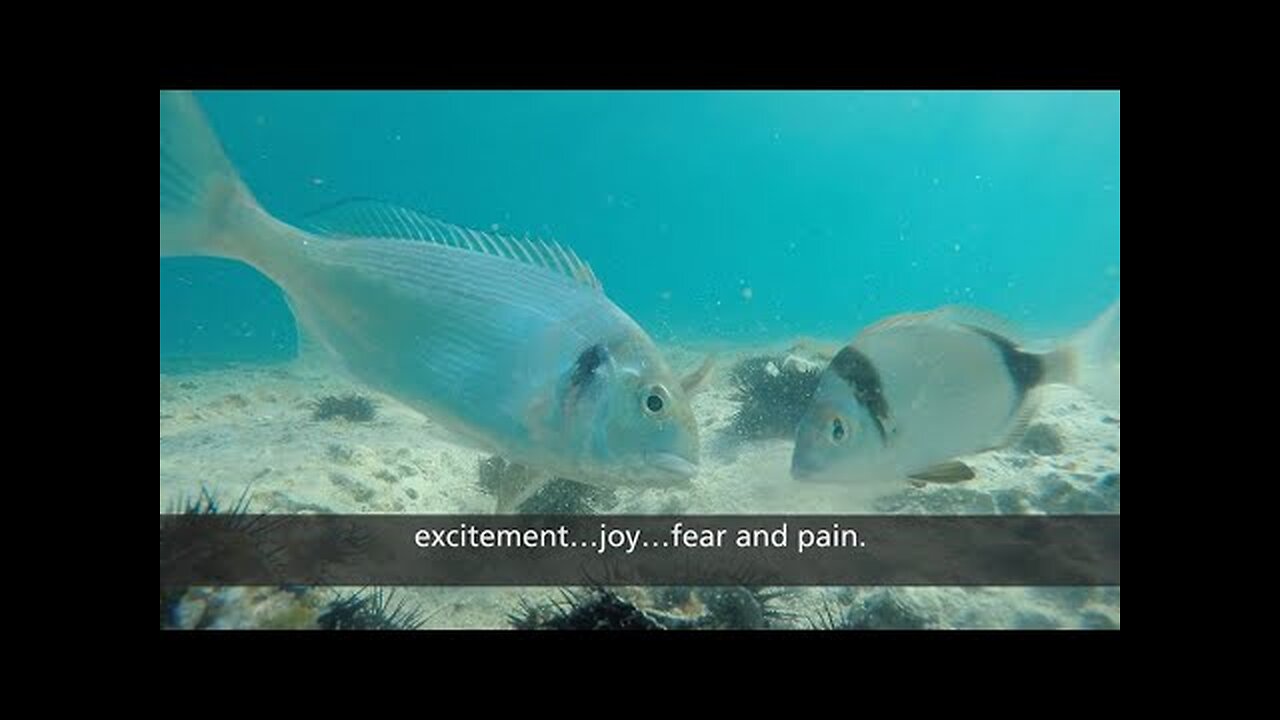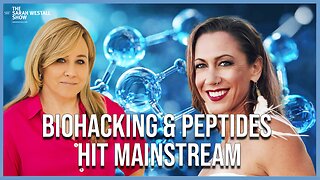Premium Only Content

The Cruelty of Fish Farming: An In-Depth Look
Fish farming, or aquaculture, has rapidly expanded as a means to meet the global demand for seafood. However, fish farming cruelty has become a significant concern, highlighting the inhumane treatment and suffering of fish in these industrial systems. Fish in aquaculture facilities are often kept in overcrowded and unsanitary conditions, which can lead to severe stress, disease outbreaks, and high mortality rates.
The confined spaces in which farmed fish live prevent them from exhibiting natural behaviors such as swimming freely or exploring their environment. This lack of stimulation and movement can cause physical deformities and weakened immune systems, making them more susceptible to infections and parasites. Furthermore, the practice of administering antibiotics and other chemicals to control disease and promote growth can have detrimental effects on the fish's health and the surrounding ecosystem.
Another aspect of fish farming cruelty involves the handling and transportation of fish. During harvesting and transport, fish are frequently subjected to rough handling, causing injuries and further stress. The methods used to kill fish, such as suffocation in air, carbon dioxide stunning, or ice slurry immersion, often fail to ensure a quick and humane death, resulting in prolonged suffering.
The environmental impact of fish farming also contributes to the cruelty associated with the practice. Waste products, excess feed, and chemicals from fish farms can contaminate surrounding water bodies, harming wild fish populations and other marine life. The escape of farmed fish into the wild poses a threat to native species through the spread of disease and competition for resources.
Addressing fish farming cruelty requires stricter regulations and enforcement to ensure the welfare of farmed fish. Implementing better farming practices, such as providing more space, improving water quality, and using humane slaughter methods, can help mitigate the suffering of these animals. Consumers can also play a role by supporting sustainably sourced and certified fish products that adhere to higher welfare standards.
Website: https://cruelty.farm
-
 LIVE
LIVE
Glenn Greenwald
4 hours agoMichael Tracey Reports from CPAC: Exclusive Interviews with Liz Truss, Steve Bannon & More
2,987 watching -
 UPCOMING
UPCOMING
Sarah Westall
50 minutes agoBiohacking & Peptides: Weight loss, Anti-Aging & Performance – Myth vs Reality w/ Dr. Diane Kazer
285 -
 1:08:09
1:08:09
Donald Trump Jr.
5 hours agoFBI Dream Team, Plus Taking Your Questions Live! | Triggered Ep.219
94.2K124 -
 LIVE
LIVE
The Jimmy Dore Show
1 hour agoJoy Reid DUMPED by MSNBC! European Leaders Warn of the Dangers of Peace! w/ John Mearsheimer
13,789 watching -
 LIVE
LIVE
Akademiks
4 hours agoDrake and PartyNextDoor '$$$4U' Album Sells 250K first week. BIG AK IS BACK.
3,136 watching -
 LIVE
LIVE
MyronGainesX
3 hours ago $14.83 earnedDan Bongino Named As Deputy Director Of FBI And CPAC Recap
2,626 watching -
 DVR
DVR
vivafrei
3 hours agoBarnes Live from Seattle - Defending Benshoof in a Case that is CRAY CRAY!
50.3K19 -
 2:12:12
2:12:12
Robert Gouveia
3 hours agoLiberals EXPLODE over Elon's Email; Lawsuits FLY; Sanctions?? Congrats Dan!
30.7K6 -
 1:33:36
1:33:36
Redacted News
4 hours agoBREAKING! PUTIN LAUNCHES MASSIVE OFFENSIVE IN UKRAINE AS EUROPEAN LEADERS PUSH FOR MORE WAR
89K167 -
 44:39
44:39
Kimberly Guilfoyle
4 hours agoBetter Days Ahead for the FBI, Live with Asm Bill Essayli & John Koufos | Ep.199
43.1K23